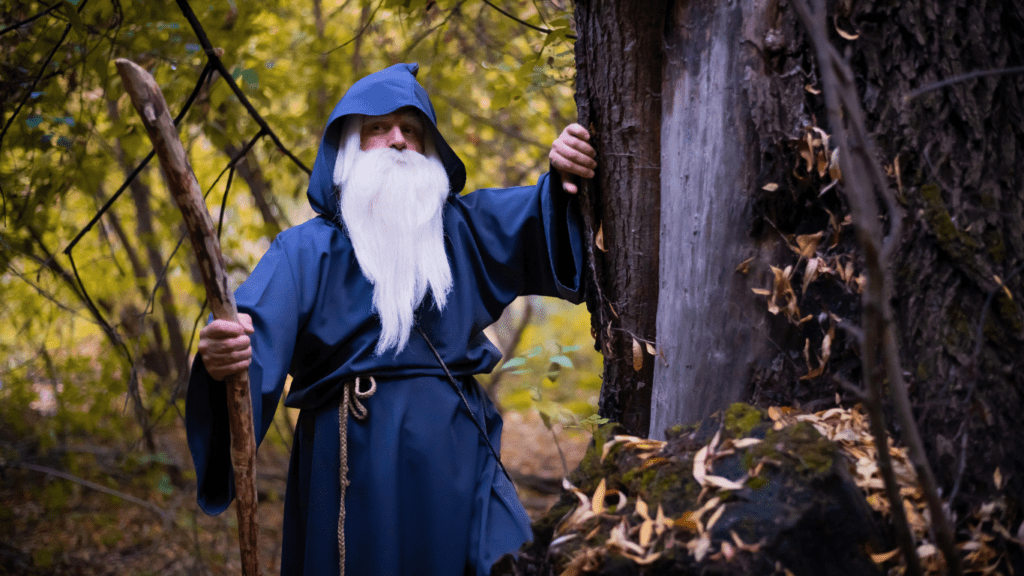Poetry Analysis: Unveiling the Depths of Emotions
Epormsr, a word that may appear unfamiliar at first glance, holds within it the essence of poetry. It is through the unraveling of epormsr that we begin to understand the intricacies of language and emotion woven into the fabric of poetic works. In this article, we delve into the depths of poetry, exploring the various techniques and elements that poets use to convey their message to the reader.
The Power of Imagery
One of the most impactful elements of poetry is imagery, the use of vivid language to create mental pictures for the reader. Through the careful selection of words, poets can transport their audience to different settings, evoke emotions, and stimulate the senses. Take, for example, the following lines from Pablo Neruda’s “Tonight I can Write”:
“Tonight I can write the saddest lines. I loved her, and sometimes she loved me too.”
In just a few words, Neruda captures the bittersweet essence of lost love, painting a poignant picture that resonates with readers on a deep emotional level.
The Role of Symbolism
Another key aspect of poetry is symbolism, the practice of using objects, colors, or ideas to represent deeper meanings. Symbolism allows poets to layer their works with multiple levels of interpretation, inviting readers to delve beneath the surface and uncover hidden truths. Consider the symbolic use of the rose in William Blake’s “The Sick Rose”:
“O rose, thou art sick! The invisible worm That flies in the night, In the howling storm, Has found out thy bed Of crimson joy, And his dark secret love Does thy life destroy.”
Here, the rose symbolizes innocence and beauty, while the invisible worm represents corruption and decay. Through this rich symbolism, Blake conveys a powerful message about the fragility of purity and the inevitability of loss.
The Rhythm of Language
Beyond imagery and symbolism, the rhythm of language plays a crucial role in shaping the tone and mood of a poem. Poets carefully craft the cadence of their words, using techniques such as meter, rhyme, and repetition to create a musical flow that enhances the emotional impact of their work. In T.S. Eliot’s “The Waste Land,” the use of fragmented lines and shifting rhythms reflects the chaos and disillusionment of postWorld War I society:
“What are the roots that clutch, what branches grow Out of this stony rubbish? Son of man, You cannot say, or guess, for you know only A heap of broken images…”
Through the dissonant rhythm of these lines, Eliot captures the fractured nature of the modern world, inviting readers to experience the disorienting effects of societal upheaval.
Conclusion
In conclusion, poetry is a rich and multifaceted art form that transcends language and culture, offering readers a window into the depths of human experience. By exploring the power of imagery, symbolism, and language, we gain a deeper appreciation for the nuanced beauty of poetic works. So the next time you read a poem, take a moment to unravel its epormsr, and immerse yourself in the transformative world of poetry.




